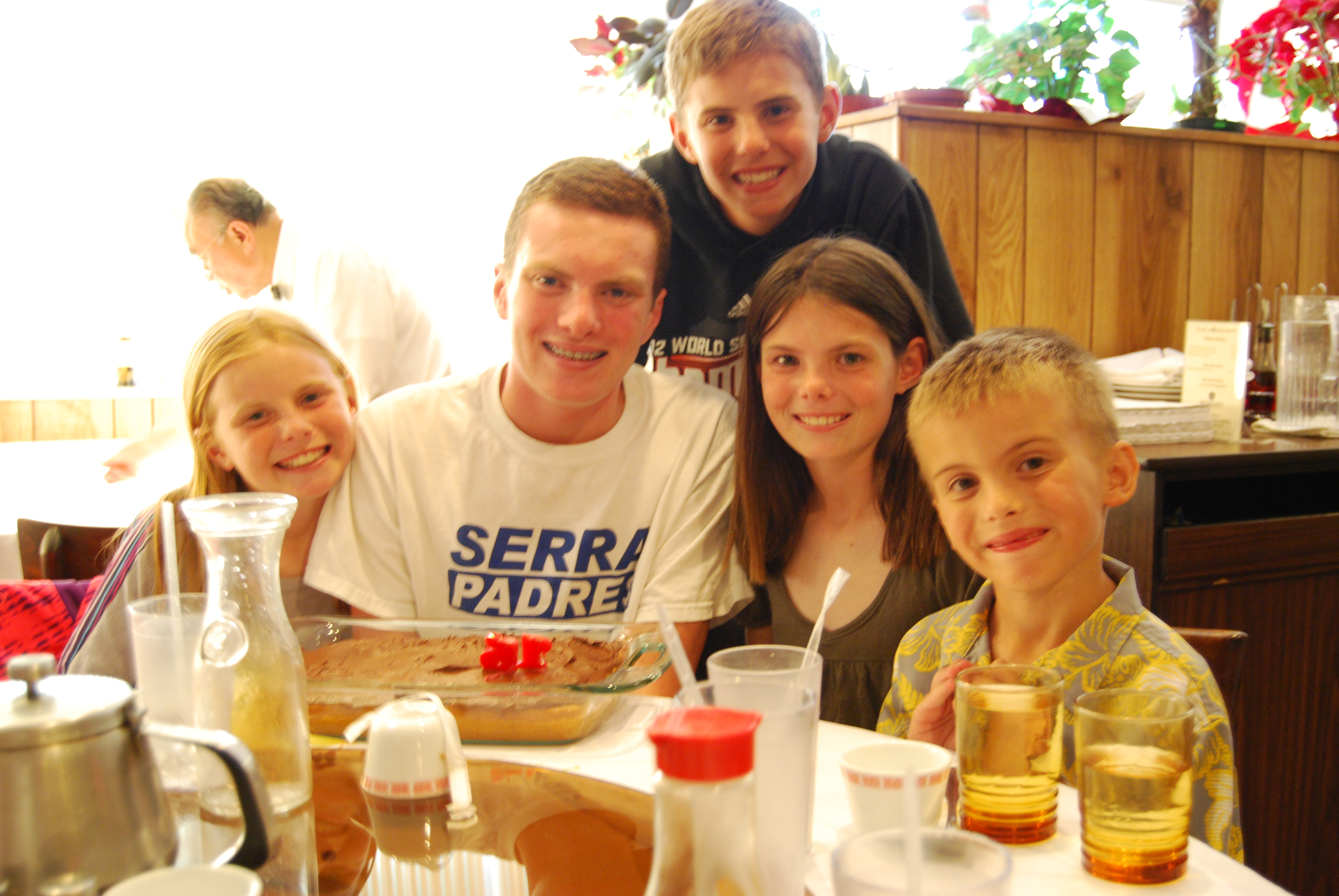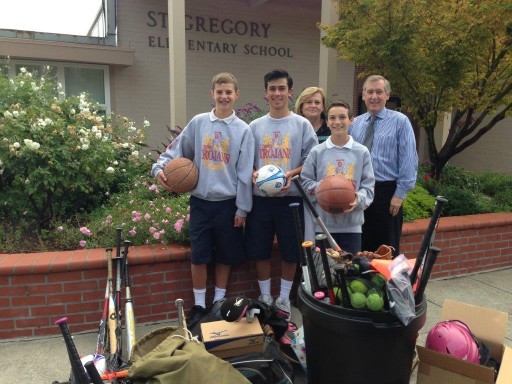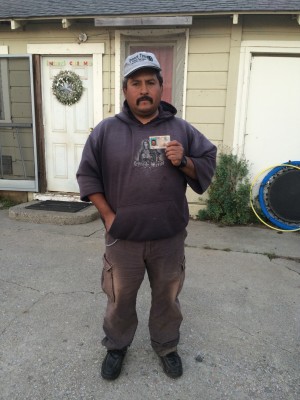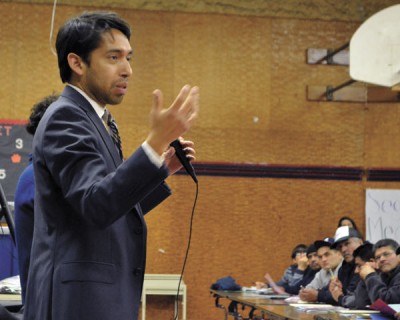Fourteen-year-old Brendan Callagy has always had plenty of toys, sports equipment, and warm clothes. That’s largely because he’s one of five siblings who share everything. His fellow students at St. Gregory’s Catholic School, in San Mateo, also have everything they could want. That’s part of the reason Callagy was determined to start a sports equipment drive on behalf of South Coast children.

Brendan Callagy and his siblings.
photo by Laura Callagy
“My parents taught me to be nice to people and always include everyone. I thought helping people would be the right thing to do, instead of just saying you would,” said Callagy, who is soft-spoken and laconic and sits on the student council at his school.
In August, Callagy and his mother (who run marathons together) participated in Puente’s 5k Fun Run. They enjoyed their jogging tour of Pescadero and learned about the community from Mary McMillan, a family friend who serves on the Board of Directors at Puente. Afterwards he went to see his school principal to propose a donation drive.
“I said, ‘Go for it. The school stands behind you,’” recalls Principal Tom Dooher. “He felt very strongly that kids should be able to play. If they didn’t have what they need to play, how would they learn?”
Callagy lugged a bin into the hallway at St. Gregory’s and let his fellow students know about the drive and about Puente. Soon it was full of hockey sticks, basketballs, volleyballs, and baseballs – even skateboards. All in all, more than 200 sports items ended up at Pescadero High. He and his family went into their own garage and harvested several years’ worth of lightly used equipment. It felt good.
“There was this bat I donated, my favorite bat then I was younger. I was hoping another kid could use it – hit lots of good hardballs.”
David Meyrovich, Athletic Director for Pescadero Middle/High School, says he opened one duffel bag from Callagy and found 30 baseball gloves – enough to start a Little League in Pescadero.
“This kid provided so much that it took us a while to go through t all. It was really touching actually,” says Meyrovich. “There’s a lot of athletic shoes there too, even little ones, so I can see some elementary kids using them, too.”
According to LHPUSD Superintendent Amy Wooliever, “the equipment that Brendan has collected will be put to good use in the school athletic program as well as our new elementary program which pairs our PE teacher with an athletic coach to teach team sport skills to our younger students. Pescadero children do not have access to the organized sports programs that other larger communities support. This new LHPUSD class, combined with the equipment, will help students build skills and confidence, often barriers to fully participating in sports in middle and high schools.”
Emboldened by the sports drive, Callagy turned right around and started a second donation drive on behalf of the Puente community.
“Brendan says, ‘What about sweatshirts? The workers come in from the fields and they’re cold and wet, and they have nothing to change into,” remembers Dooher.
This time, students were primed. In November, they donated 110 sweatshirts – enough for the men of La Sala to take two or three each.
But Callagy, remarkably, still wasn’t done. Just before Christmastime, he learned about Puente’s annual holiday effort to collect stocking stuffers for the littlest children on the South Coast. So he put the word out for donations of Hot Wheels and socks. His fellow students obliged, and he soon sent Mary McMillan back to Puente with 100 of each.

Brendan Callagy (left) with another student, Mary McMillan, and Principal Tom Dooher. Photo by Laura Callagy
Principal Dooher says St. Gregory’s has a long tradition of community service – all students spend time distributing food with the school’s local chapter of St. Vincent de Paul. Eighth graders take a field trip to Glide Memorial Church and work in the soup kitchen. But the school is especially proud of students who perform independent good works and set an example for the rest of the student community.
“These kids don’t suffer. So seeing kids who do with a whole lot less than they have is very instructive,” says Dooher, who hopes to form a long-term relationship with Puente and possibly spearhead an 8th grade field trip to Pescadero.
Callagy would like that. He wants to go see a game at Pescadero High and meet the kids who are using his old baseball bat and all that other sports equipment. “We’re so close by. I want to see how they’re liking it,” he says.






